Due to the role of journalism as a constant watchdog, negative news has over time become dominant in the daily news. Also, the "popularity" of bad news has caused reporters to develop a mindset that sees these problems as a priority. This in turn is affecting news consumers and their worldviews.
Addressing the issues remains one of the key roles of media, but a new trend in journalism goes beyond that by searching for solutions. Constructive journalism aims to emphasise not only problems but also the ways to solve them by attempting to picture reality as it is - including both the negative and positive sides of it.
In order to develop this direction, the “EU Media Facility Lab” media outreach and capacity-building initiative took place in Yerevan on March 16-19. The event was organised by the EU-funded “EU NEIGHBOURS EAST” regional communication programme, in cooperation with the “European Media Facility in Armenia” project funded by the European Union and led by DW Akademie.
Journalists representing various Armenian media participated in the initiative, getting familiarised with the basics of Constructive Journalism and learning about EU-funded change-making projects in Armenia in order to find solution-based stories for constructive journalism reports.

Photo: Mediamax
What is constructive journalism?
Fahmim Ferdous, DW Akademie expert, led the training on “Moving Beyond the Blame Game”, held within the framework of the initiative. He introduced this direction of journalism not only to journalists, but also to non-journalists, representatives of EU programmes.
“Constructive journalism is about focusing not only on problems, but also on solving problems. Having a role of a watchdog, for many years journalism was focused more on the negative, which resulted in the following: people are now avoiding the news. In addition, various studies show that people imagine the world as a worse place than it truly is,” Fahmim Ferdous explained.
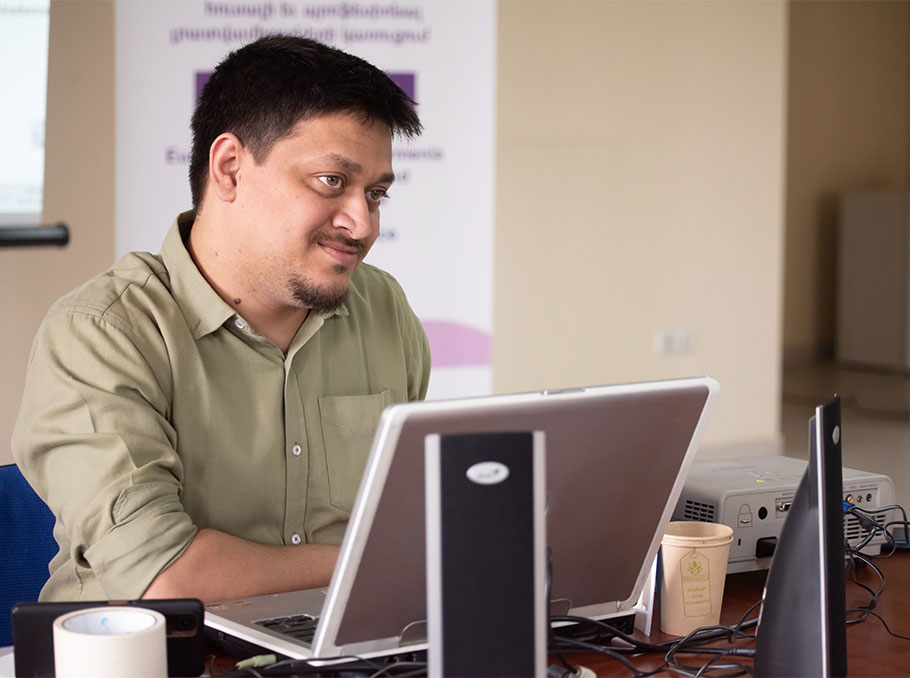 Fahmim Ferdous
Fahmim FerdousPhoto: Mediamax
According to the expert, constructive journalism must contain different opinions, present the challenges and try to show the possible solutions, address the limitations to these solutions and with gained information – both negative and positive – try to have a picture of reality.
Within the framework of the training, the representatives of the EU-funded projects presented to the journalists their activities and the progress they had achieved, giving them an opportunity to find constructive journalism stories. These programmes are aimed at environmental protection, regional and economic development, inclusiveness and support to young people.
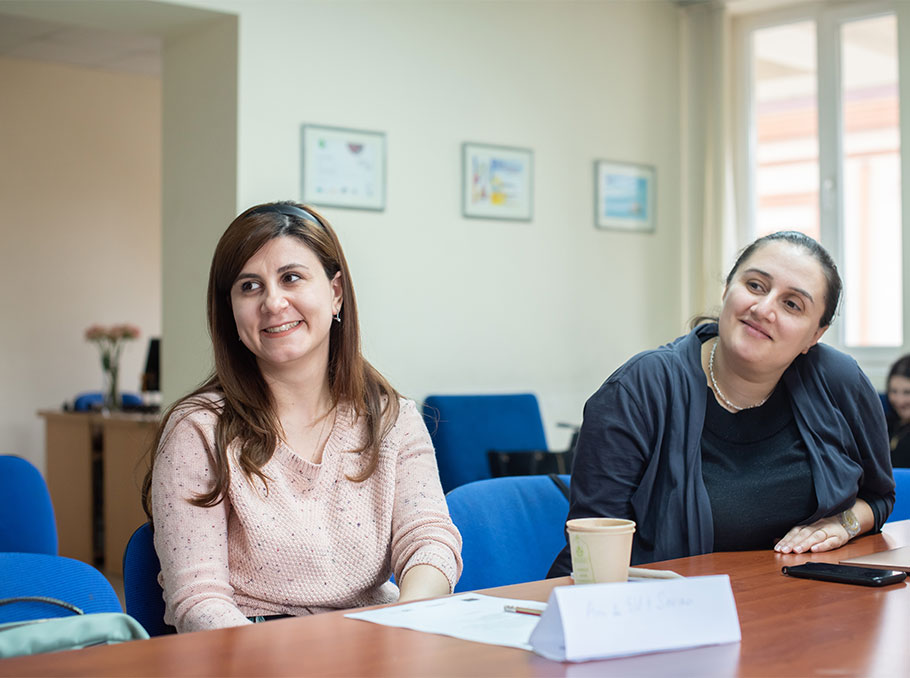
Photo: Mediamax
“Bleeding” sensation vs. solutions journalism
Representatives of the media industry know very well that negative headlines attract the audience more. The famous phrase defining sensational news - “If it bleeds, it leads” - continues to be relevant, but at the same time, there are tools that can be used to direct the audience’s attention to stories that convey positive emotions. During the training, the journalists got familiarised with these tools and skills.
“Ampop Media” journalist Garik Harutyunyan had heard about constructive journalism before the training, but he was not sure why it was necessary.
“We, the journalists, know that if there is a problem, it should ‘hurt’ so that the person responsible for the problem solves it, why should we look for or offer solutions? In this sense, the discussions that took place during the training gave interesting ideas. Writing about the problems alone is not good for journalists either, because seeing only negative news, the audience leaves the media. Solutions journalism shows the people that there is a problem, but it has a solution. This allows us to avoid a negative tone,” the journalist explained.
 Garik Harutyunyan
Garik HarutyunyanPhoto: Mediamax
Look beyond the blame
On the first day of training, the head of the EU Delegation to Armenia, Ambassador Andrea Wiktorin, came to greet the participants. She stressed that civil society groups and the media continuously supported by the EU can make the change in Armenia.
“This event has the potential to lay the foundation for future cooperation between civil society organisations, expert communities, and the media. Working together will strengthen Armenia and create a better future for everyone,” she said.
 Andrea Wiktorin
Andrea WiktorinPhoto: Mediamax
Addressing the journalists, she highlighted the need for transformation of the media by abandoning the “blame approach.”
“Blaming others is the beginning of all conflicts. Instead, we should seek to define interests. In this case we begin to look to the future. This is appreciated at the personal, public, and government levels. The public has a right to be informed and have an opinion, and you are the ones helping the public form that opinion, but again, not conspiracy theories. We are always by the side of journalists and are the first to react when journalists are targeted. At the same time, there are red lines, and the moment a journalist insults a person, that’s where he or she crosses this red line,” Andrea Wiktorin said.

Photo: Mediamax
Learning to “attract” journalists
The training was also useful for EU programme representatives. It gave an insight into what kind of information and stories journalists are looking for to prepare high-quality publications.
“This was a really useful training. I discovered a lot about constructive journalism. By applying the skills and tools transferred by the trainer, I hope to attract interest of the journalists more easily, raising the awareness about our programme,” Ani Latoyan, representative of the EU4Sevan programme, said speaking with Mediamax.
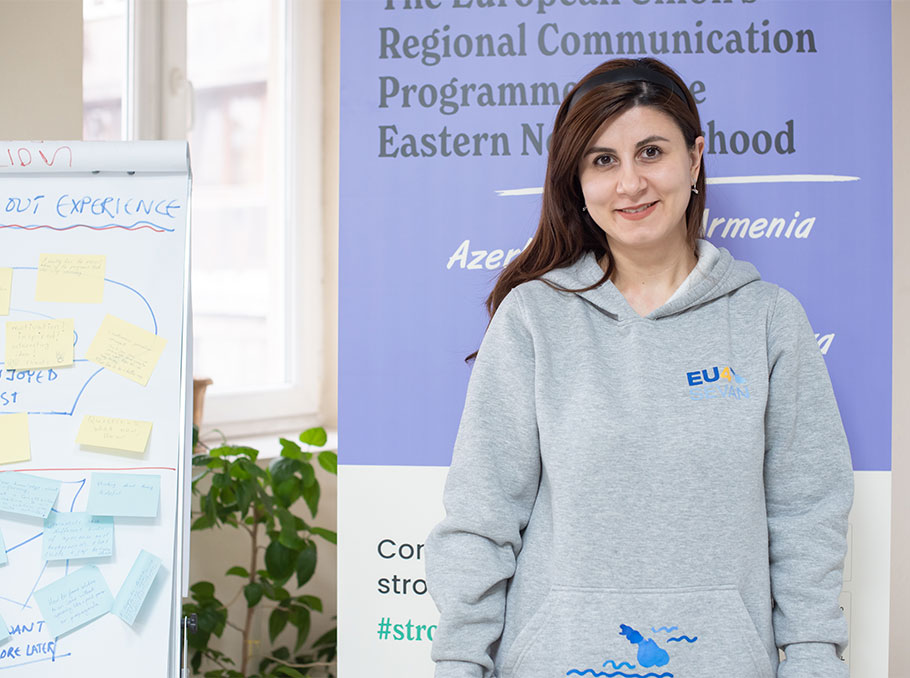 Ani Latoyan
Ani LatoyanPhoto: Mediamax
Trainer Fahmim Ferdous presented to the participants what journalists are mostly interested in, how to briefly present the programmes and impress with just one sentence.
“Representatives of development programmes when speaking with journalists should be able to put the accent on people, community, stories, because people are mostly interested in the stories of other people. Basically, the way people operating the development programmes think slightly differs, they are focused on how many events they managed to implement, what indicators they recorded, how they implemented the strategy. Journalists are not interested in this, they are interested in how these programmes actually changed people’s lives,” said Fahmim Ferdous.
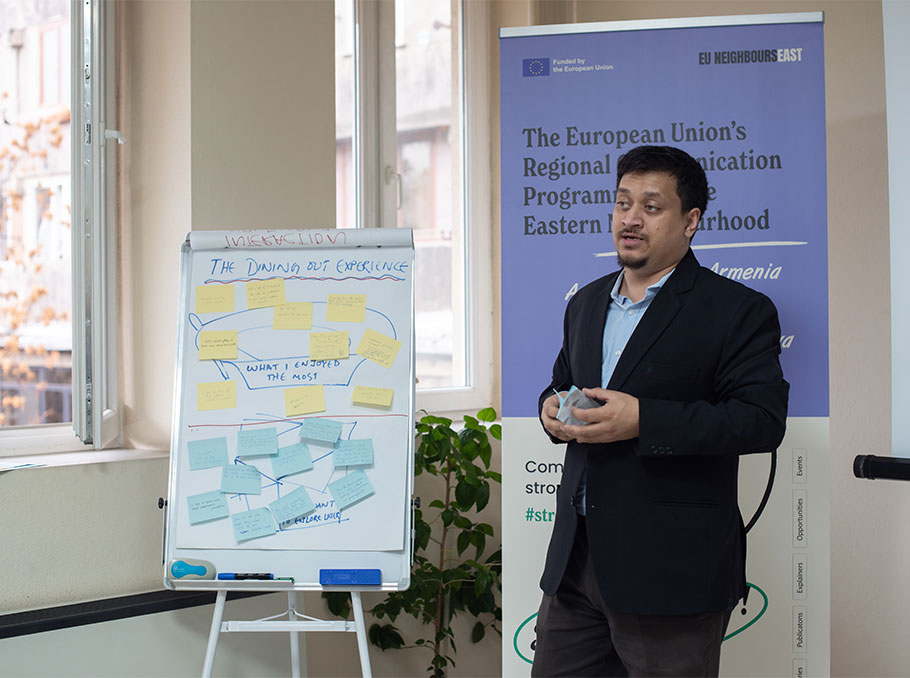
Photo: Mediamax
Farmers presented their solutions
Success stories are good “raw material” for constructive journalism. The presented programmes do not lack them. During the training, the representatives of the programmes were also joined by their direct beneficiaries, who shared stories of the change in their communities.
Armine Martirosyan, co-founder of the “Golden Chicken” family farm operating in Kamaris village, Kotayk region, is a beneficiary of the “EU Green Agriculture Initiative in Armenia” programme. It is funded by the European Union and co-funded by the Austrian Development Cooperation.
“We are engaged in poultry farming and egg production. We have decided to switch to organic. In order to get an organic product certificate in the production of eggs, in addition to the special standards of keeping chickens, the feed must also be organic. Since there is no such feed in Armenia, and it was quite expensive to bring it from abroad, we decided to start its production ourselves. Now we are in the process of certification of the feed. After it, we will pass to the certification of the conditions of keeping chickens, and we will have organic eggs,” she said.
 Armine Martirosyan
Armine MartirosyanPhoto: Mediamax
As part of the green agriculture programme, the family farm received technical support, including equipment and solar panels, to reduce production costs. Armine Martirosyan said that the most important thing is that the positive impact of their business is much wider and is not limited to their family only.
“The expansion of the farm allowed us to create jobs. Besides, each development increases the recognition of the village. In the communities near Yerevan, people are mostly not engaged in agriculture, they prefer to go to Yerevan to work. With our example, we show that it is possible to create good in the village and provide income for the family. It encourages the neighbouring economies,” she added.
Armine’s experience of communicating with journalists indicates that the media is willing to cover such success stories; it is just important for them not to be self-centred and to have a context of community development.
The example of another beneficiary of the programme, Ester Grigoryan’s family in Saratak village of Shirak region, was contagious. The small orchard of the family, which was founded with 10 apple trees, today has more than 500 saplings. When they applied for the EU programme in 2020, they still did not believe that their small economy would receive such attention and expand so much.
“With the help of the project, we acquired refrigeration equipment and a solar panel. It will enable us to keep the harvest in the right conditions. The branding of our orchard was also carried out with the support of the project, and it is now called “Arevaygi” (“Sun Garden”). This year we plan to sell the harvest in specially packed boxes that will contain information about the types of apples and their storage conditions. We are not going to stop at this, one of the upcoming goals is to turn the orchard into an agrotourism destination,” Ester explained.
 Ester Grigoryan
Ester GrigoryanPhoto: Mediamax
She said that when they were just starting, many people in the village claimed that their trees would dry up in two years. People in Saratak do not do horticulture, they grow potatoes and grain crops. Now that stereotype has been broken and the villagers have started to be interested in green technologies, they are establishing cherry, plum and other orchards.
EU-LEAD4Shirak programme team member Ani Maghakyan, who works directly with beneficiaries, avoids addressing them with the word “beneficiary.” She said the programme helps local people to be the implementers of community programmes.
“Many rural development programmes are being implemented in Armenia, but our programme tries to ensure the active involvement of the local people so that the development of the community is based on their ideas and dreams,” she added.
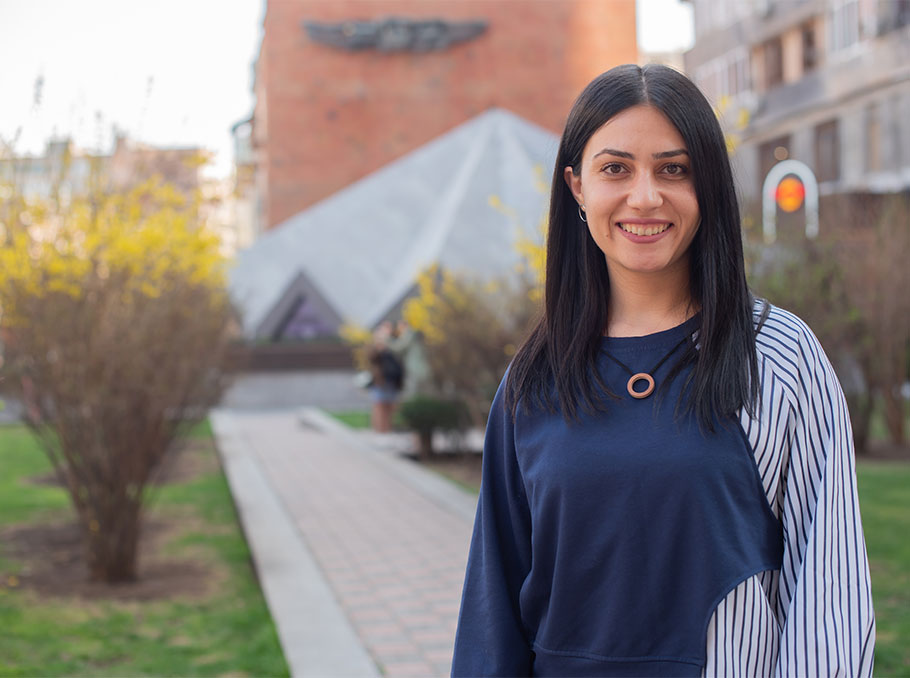 Ani Maghakyan
Ani Maghakyan Photo: Mediamax
The possibilities of solutions journalism in Armenian media
However, constructive journalism also has its pitfalls. According to “Ampop Media” journalist Garik Harutyunyan, there is a risk that journalists may ignore the problems and disconnect from reality, which can be a real challenge for them.
“We have objective problems in Armenia, and no matter how much we want our country to have easily-solved problems, the objective reality is different. I think there are some issues that cannot be approached with constructive journalism. For example, I have no idea how to approach the issue of war constructively, especially when today the Ministry of Defence is closed to journalists. We cannot offer solutions, we cannot even discuss if we do not have information,” he said.
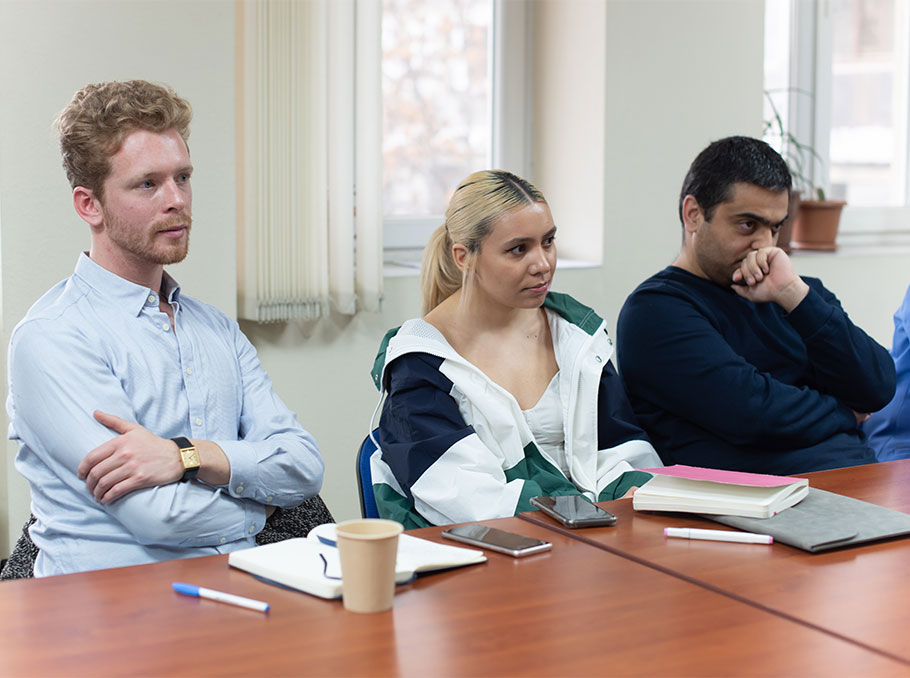
Photo: Mediamax
Despite these difficulties, constructive journalism can be spread in the Armenian media by covering a number of other areas. Many of the programmes participating in the training can spread this direction of journalism, helping to develop a positive mindset and a worldview looking for solutions among both those who provide the news and those who consume it.
“Among the participating programmes, there are those whose publicity can serve as a good example for others, encouraging them to introduce similar solutions in their own communities,” added Garik Harutyunyan.
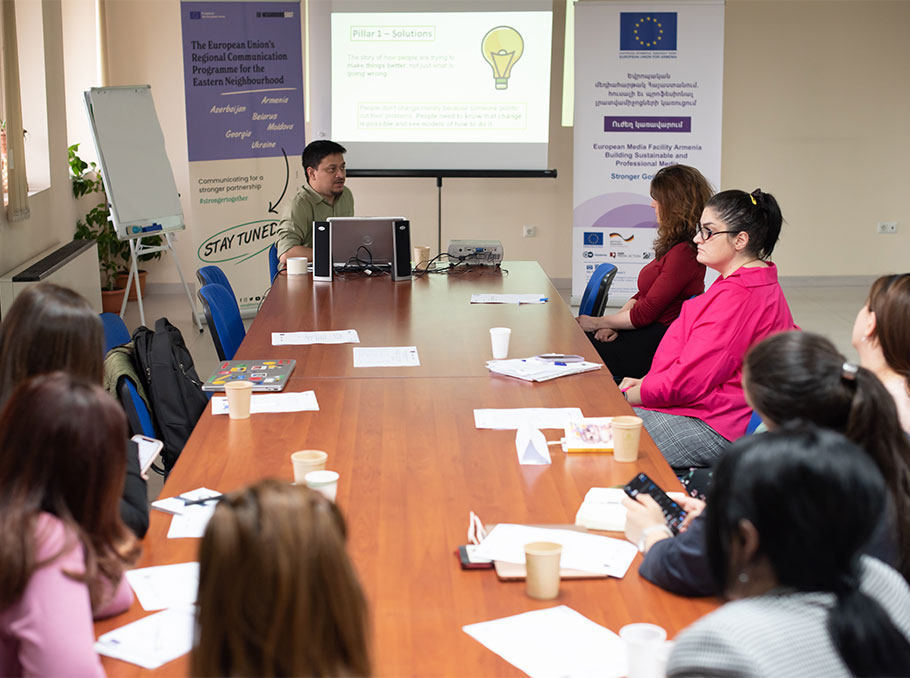
Photo: Mediamax
Fahmim Ferdous also stressed the importance of spreading stories based on solutions, especially in a country engaged in conflict.
“Due to long-term tension, negative news predominates in the media field. Stories about people bringing positive changes will fill people with hope and strength. I sincerely hope that the stories of constructive journalism, which are a continuation of this training, will really highlight the success, endurance and spirit of Armenians and will contribute to the rise of moral values of news consumers,” Fahmim Ferdous summarised.
Although the active phase of the project lasted only four days, the established contacts will ensure its continuity and efficiency. Participating journalists also have the opportunity to apply to the EU NEIGHBOURS EAST programme, which gives journalists an opportunity to create constructive journalism stories about EU-funded initiatives.
Text and photos by Gayane Yenokyan








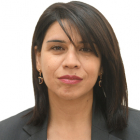

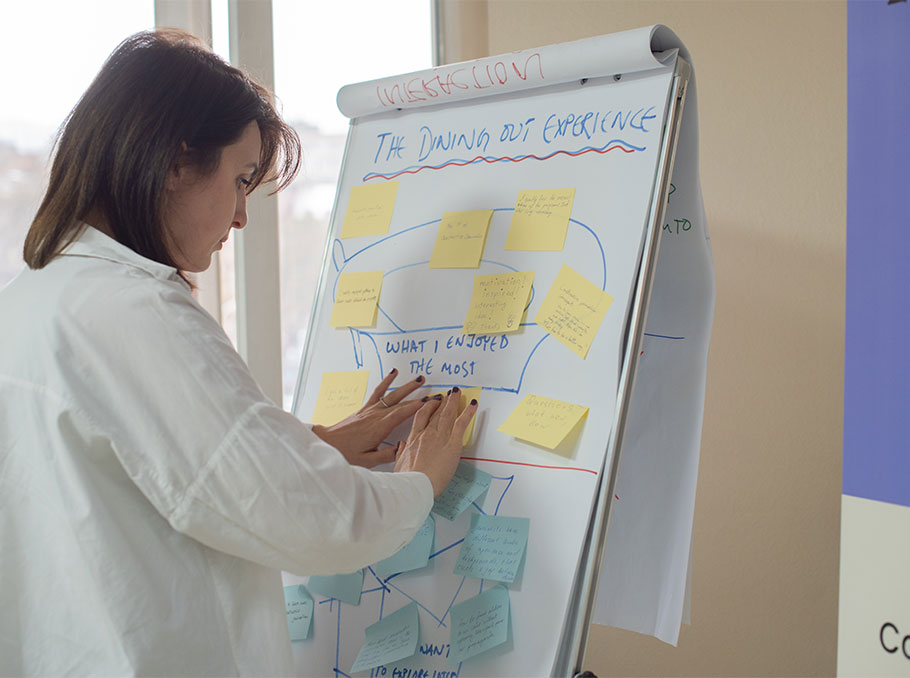










Comments
Dear visitors, You can place your opinion on the material using your Facebook account. Please, be polite and follow our simple rules: you are not allowed to make off - topic comments, place advertisements, use abusive and filthy language. The editorial staff reserves the right to moderate and delete comments in case of breach of the rules.